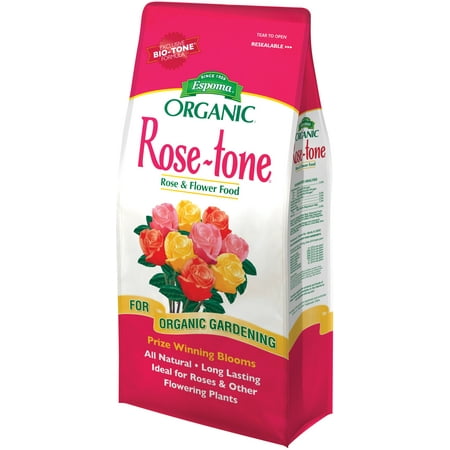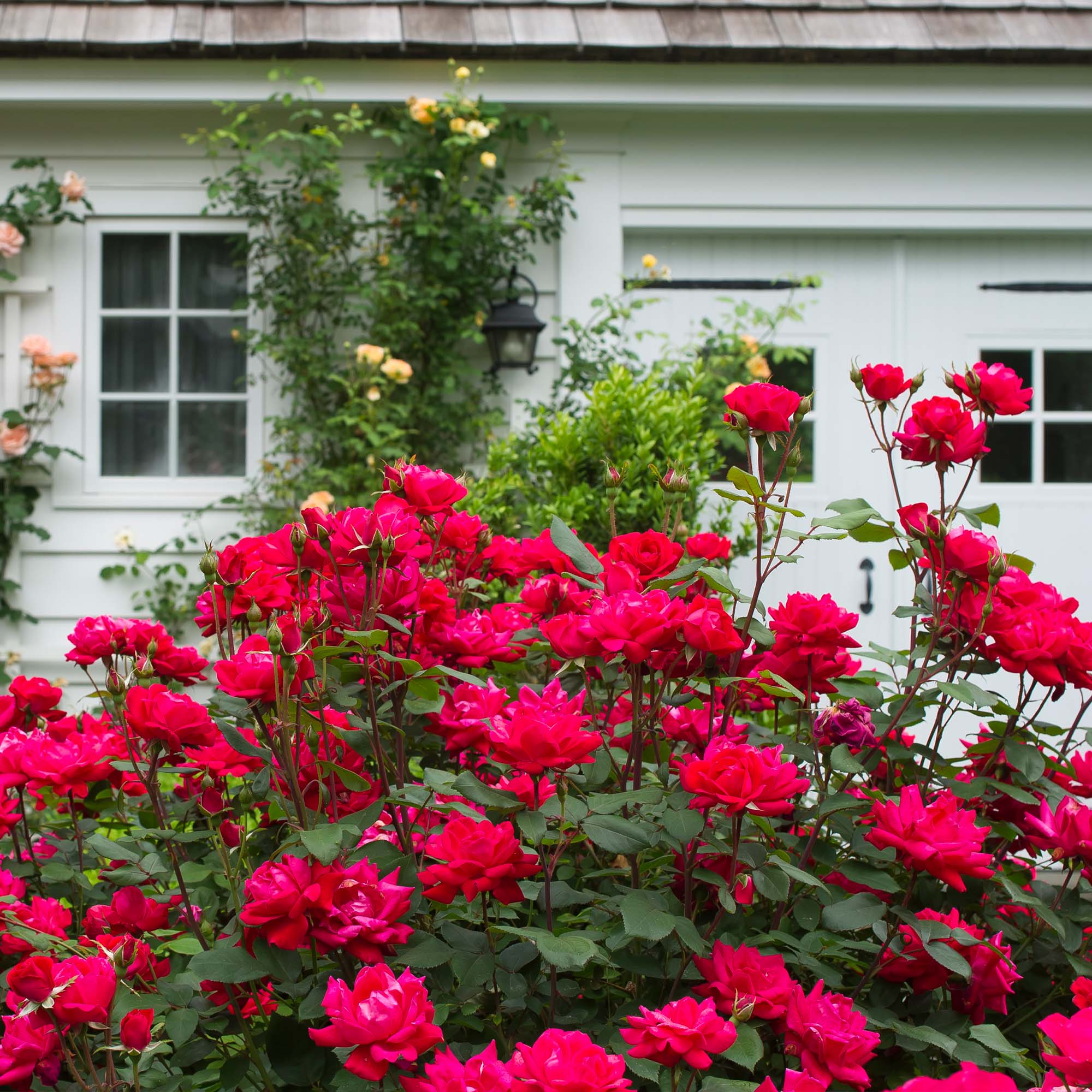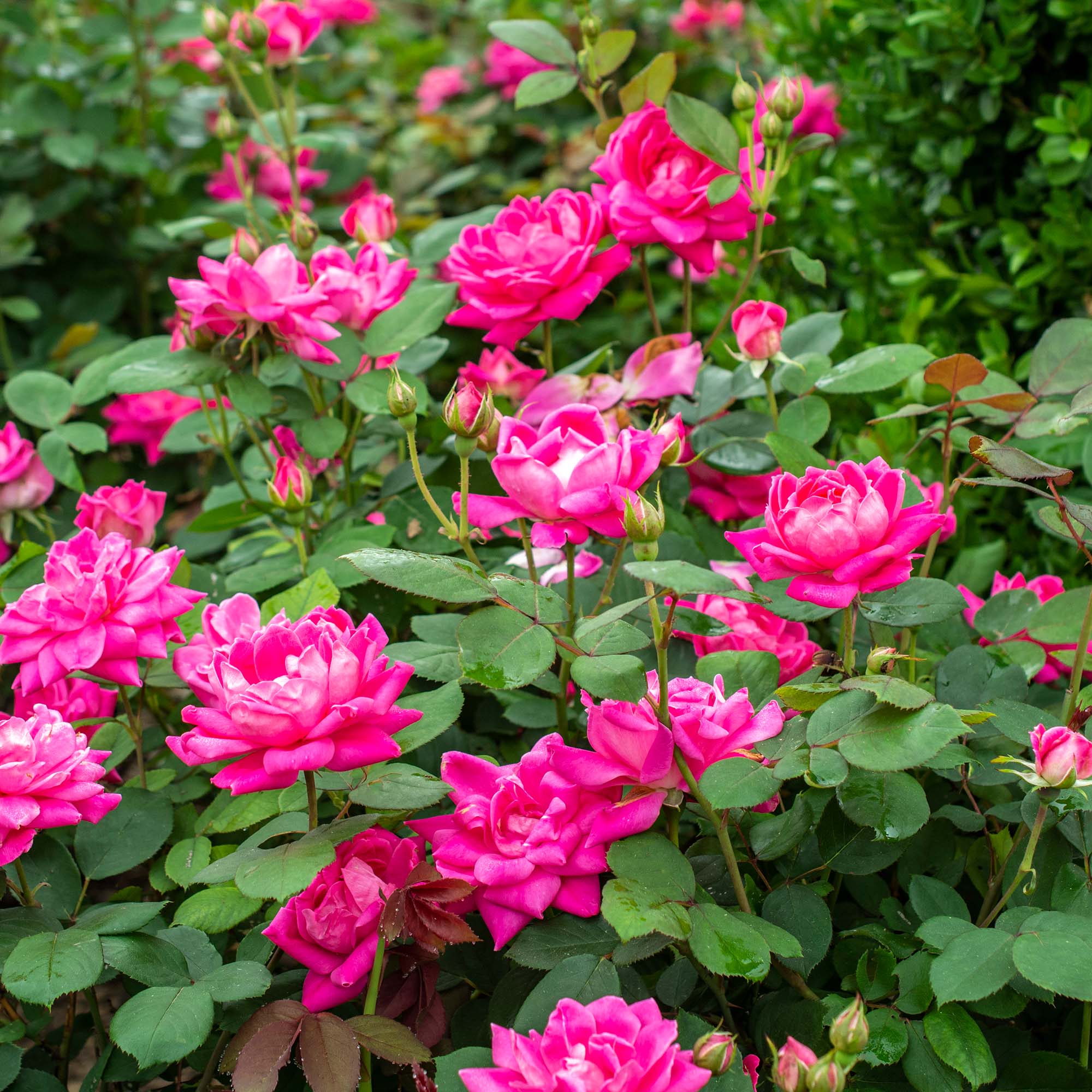How to care for Knock Out roses – 5 key factors for healthy plants and vibrant blooms
Discover a wealth of tips from rose-growing experts for success with Knock Out roses


Knock Out roses are popular among homeowners looking for simple to grow and maintain shrub roses that guarantee a fabulous show of flowers year after year.
Growing roses has a reputation for being challenging, however, the good news is that the Knock Out range of roses is easier to care for than many other types. They have been bred to be hardy, repeat-blooming, and disease-resistant, which is why they have become one of the best-selling options for anyone looking to landscape with roses.
Even with their easy-to-grow reputation, you still need to give Knock Out roses care and attention. We hear from some rose-growing experts about the important care points to get right to guarantee a beautiful display of blooms in your backyard.
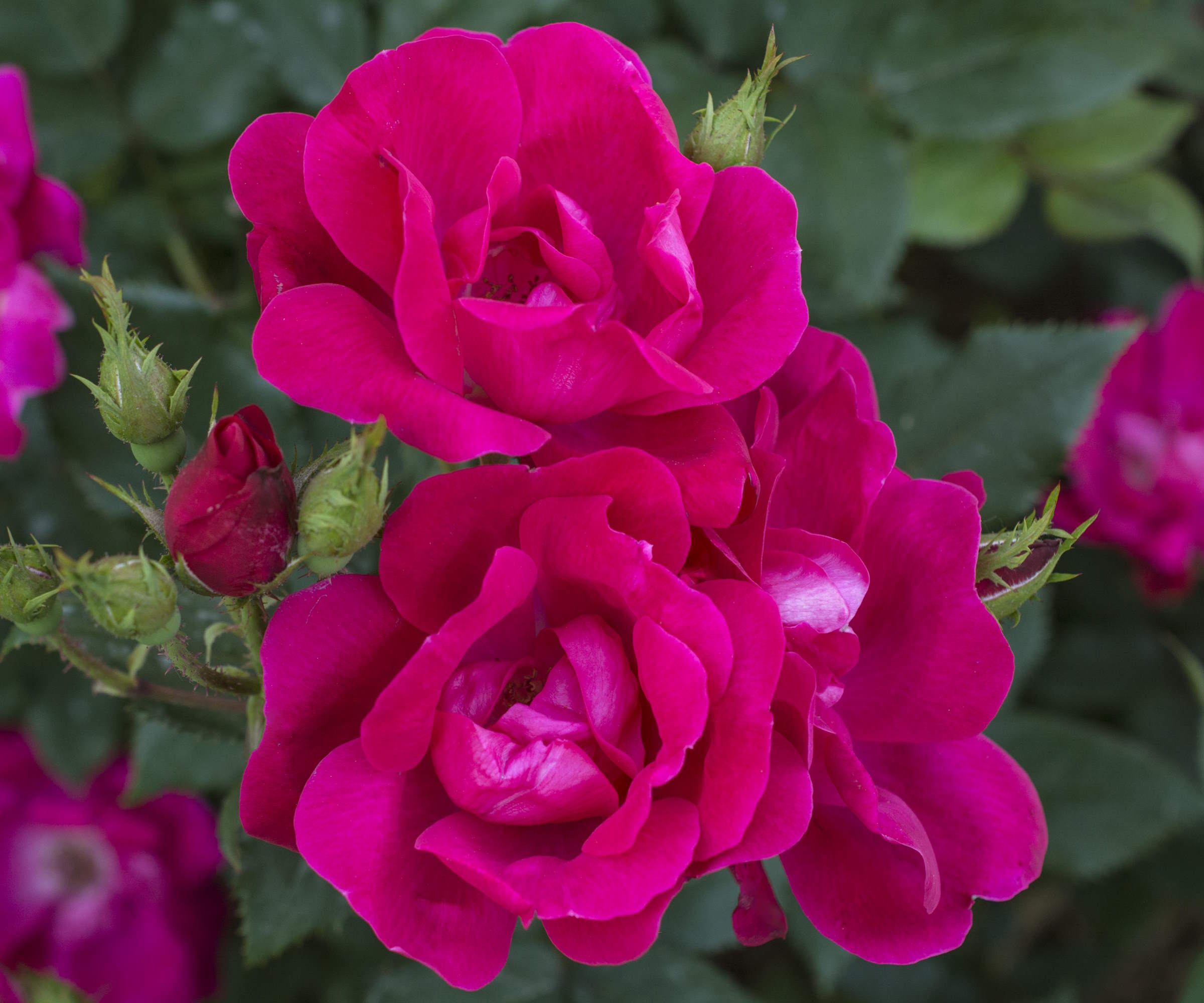
What are Knock Out roses?
Knock Out roses are easy-to-grow shrub roses developed by rose breeder Will Radler. The plants were introduced to the market by Star Roses and Plants in 2000 and they have become some of the most popular roses varieties in the United States. There is now a large family of Knock Out roses with different varieties in shades of white, yellow, pink, and red.
How to care for a Knock Out rose bush
Whether you have individual shrubs in flower beds or borders, large groups in a rose garden, or anywhere in between, have success with Knock Out roses by following these expert care tips.
Position
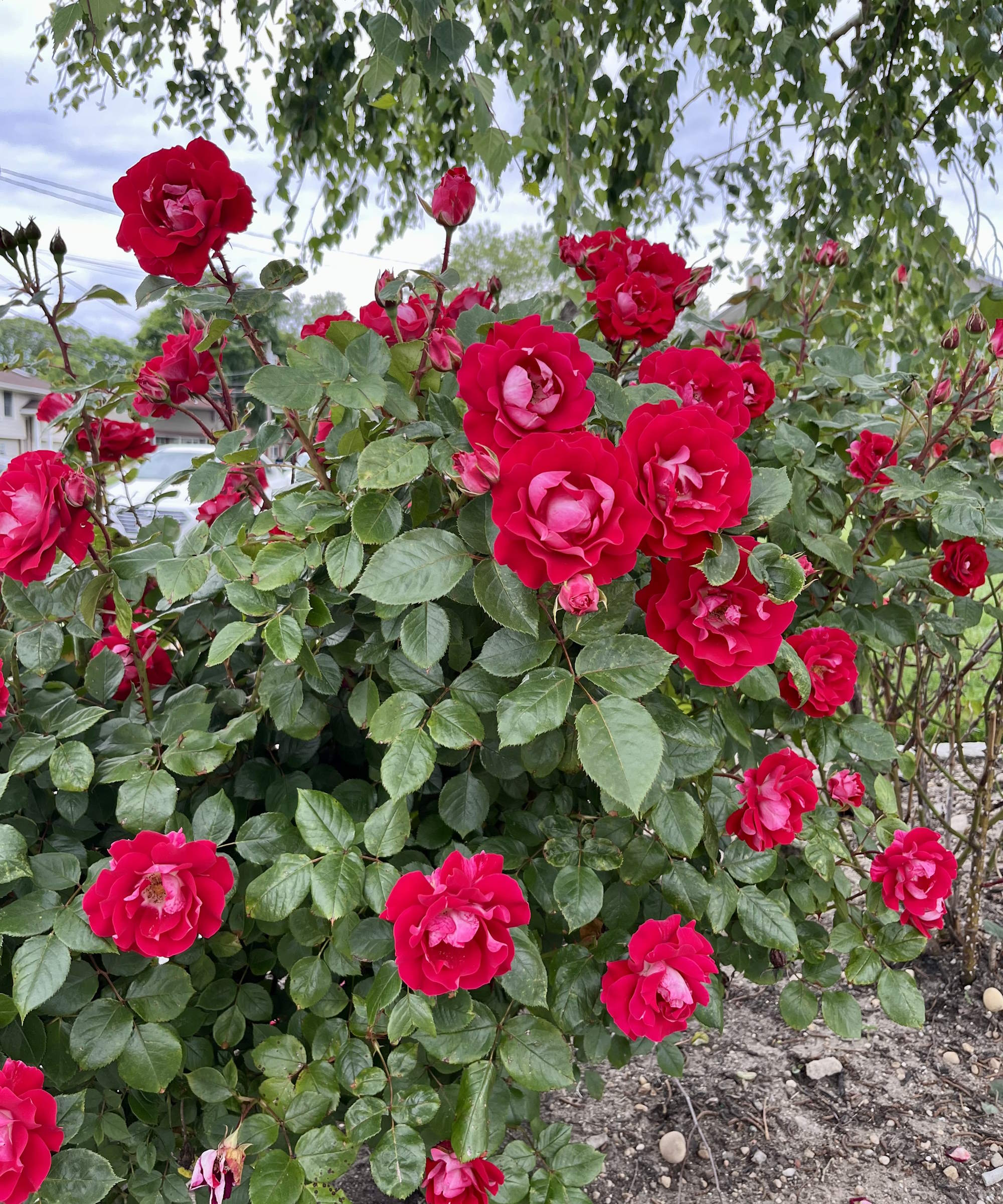
The ideal position for Knock Out roses is similar as for planting any other roses. Pick a sunny spot with at least six hours of sunlight a day, though the more the better. Knock Out roses can be planted in part shade and they will grow but produce fewer blooms.
An ideal soil type for Knock Out roses drains well, as the plants do not like to sit with wet feet for long periods. Stephanie Waltz, Rose Trial Coordinator at Star Roses and Plants, advises: ‘If your soil is too clay- or sand-based, you may consider adding some organic matter to help with either drainage or water retention, respectively.’ The addition of compost to the soil can help improve the structure.
Design expertise in your inbox – from inspiring decorating ideas and beautiful celebrity homes to practical gardening advice and shopping round-ups.

Stephanie brings her great love of plants and gardening to the Rose Trial Coordinator position at Star Roses and Plants headquarters in Pennsylvania. She helps to organize and implement the many moving pieces that make the various field and container trials successful. She loves talking plants and being a part of the process that brings exceptional roses to market.
Watering
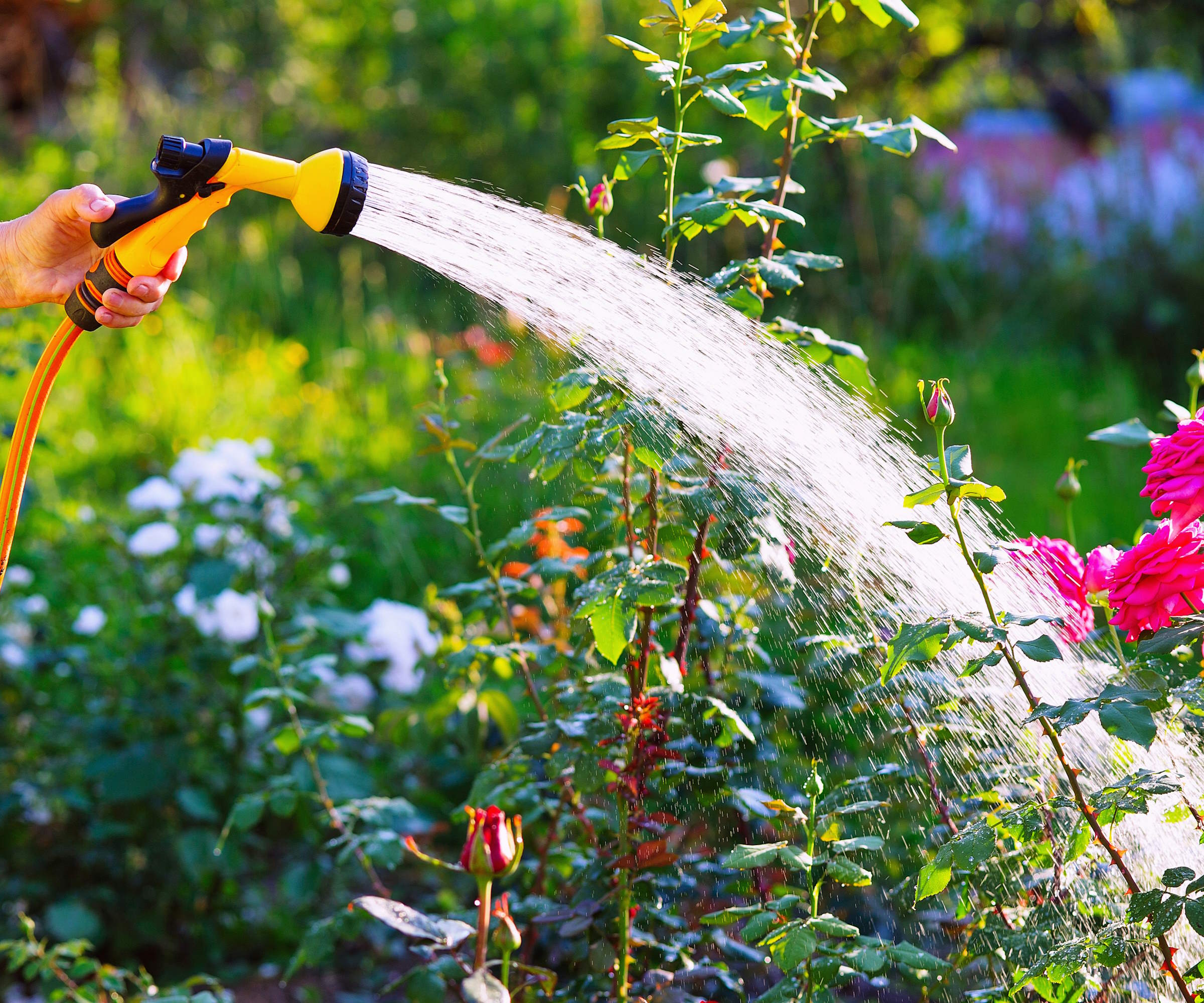
Knock Out roses will require frequent watering for the first few months until they are established and a layer of mulch will help to retain any moisture you add in the soil. How much you need to water plants will depend on the soil structure and the weather conditions, but Knock Out roses are fairly drought-tolerant once they are established.
The shrubs want 1-2 inches of water per week and Diane Sommers, President of the American Rose Society, advises giving Knock Out roses ‘a gallon of water each time you water, 2-3 times a week’
Water deeply and at the base of the plant. This ensures the water gets down to the root zone, where it is most needed, and reduces the risk of fungal diseases caused by wet foliage.

Diane Sommers is the 57th President of the American Rose Society. She has been growing roses for more than 40 years and her garden in Wisconsin features over 260 roses of all types.
Feeding
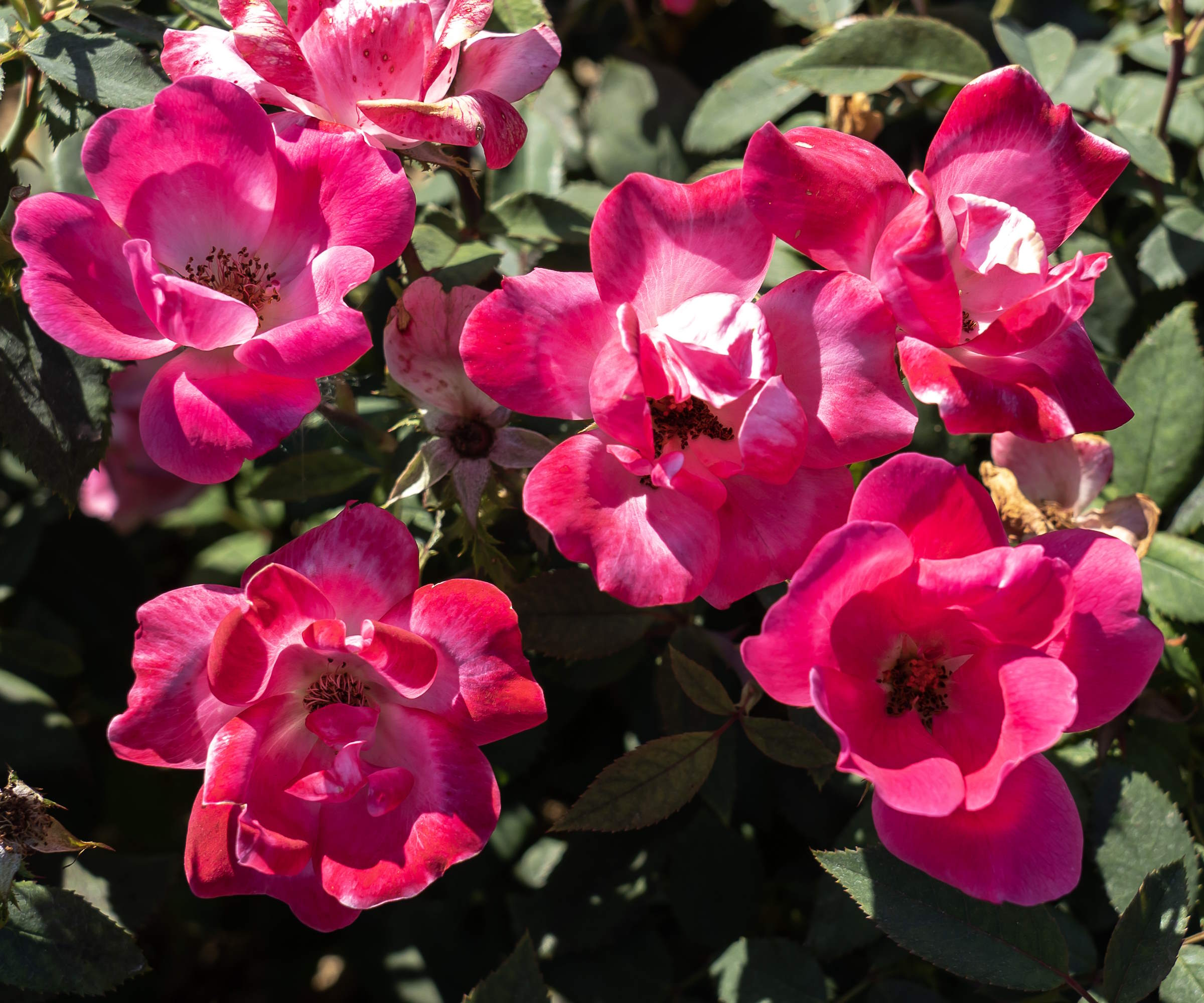
Stephanie Waltz claims that Knock Out roses ‘do not require fertilizer to perform well’, however, she adds: ‘If you do decide to give them a little extra help, there are a few tips to keep in mind’. That includes picking a well-balanced fertilizer or one specially formulated for roses. Stephanie advises waiting for plants to get established and complete a full bloom cycle before starting any feeding regime.
Jeff Wyckoff, past president of the American Rose Society, said he recommends two feedings a year to give plants a boost of nutrients for strong growth and blooming. He says: ‘Use a balanced fertilizer that contains significant amounts of the active ingredients N-P-K: nitrogen, phosphorous and potassium, The fertilizer can be either organic or chemical; both will work. The amount needed will depend upon the amount of the active ingredients i.e. more 5-5-5 than 20- 20-20.’
Give the first feed at the start of the growing season and follow up with another after the first flowers appear. Do not fertilize roses late in summer as this is a rose-growing mistake. In late summer plants should be preparing for dormancy, not putting on fresh growth that will be damaged by frosts.
Pruning
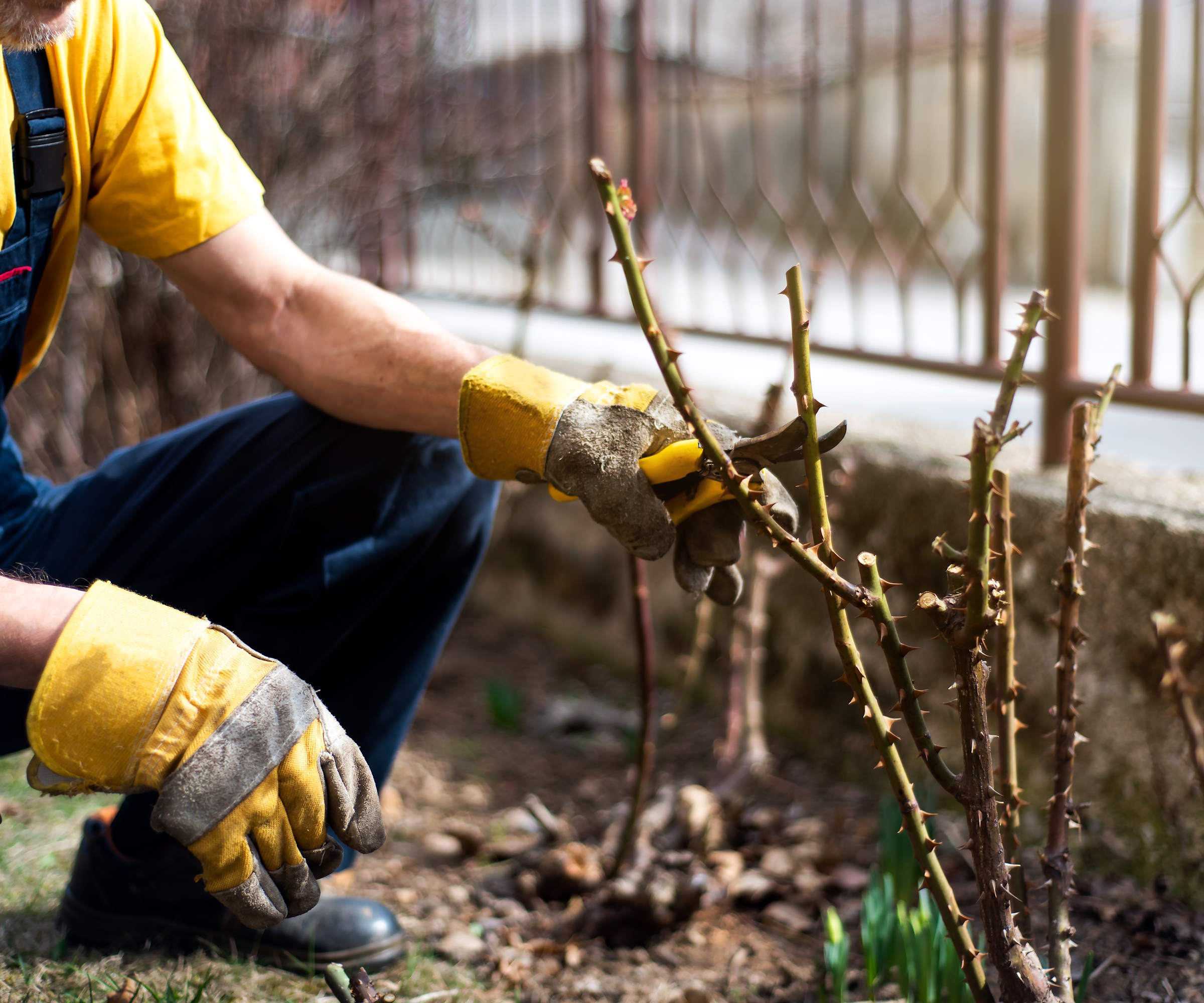
Prune Knock Out roses in late winter or early spring, once the new growth develops as the rose emerges from winter dormancy.
To prune the roses, remove any dead, damaged, or diseased growth and trim the remaining stems to around 12 inches high to shape the shrub. Knock Out roses are bred to be self-cleaning, so there is no need to deadhead roses throughout the summer unless you want to neaten the shrub.
Pests & Diseases
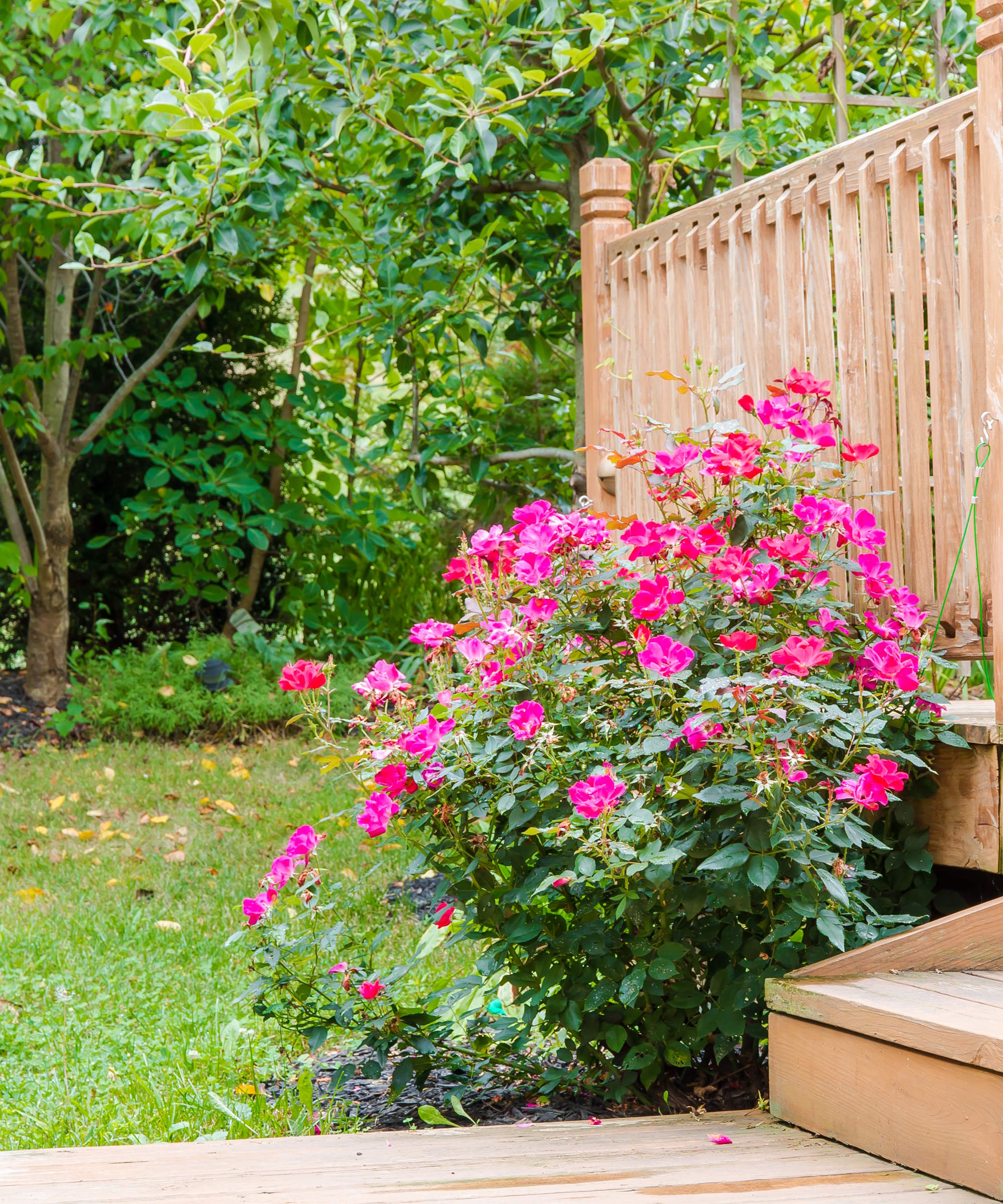
Knock Out roses have been bred to be highly disease-resistant and easy to grow. However, they can still succumb to rose diseases, including rose black spot, powdery mildew, and rust. Keep a close eye on any signs of infection and leaves or canes affected by the fungal issues should be removed and disposed of.
The likes of aphids, spider mites, sawflies, and Japanese beetles can be troublesome for Knock Out roses. Smaller pests can be knocked off with a jet of water or you can spray insecticidal soap, available at Amazon. Japanese beetles are best picked off by hand and dropped into a container filled with warm soapy water.
Companion planting roses with plants for birds, or adding a bird feeder nearby, can attract birds to help control beetles as part of a natural pest control strategy.
How to care for Knock Out roses over winter

Knock Out roses are hardy in US hardiness zones 5-11 and require minimal winter protection. In colder climates, a few inches of additional mulch around the base can insulate the roots from the winter frosts.
‘If your rosebush is a grafted plant, be sure to plant the graft 2-3 inches below the soil if you live in planting zone 5 or lower,’ says Diane Sommers. ‘Tie the canes together with twine as winter approaches and apply a couple of inches of leaves or compost to the base of the plant.
‘In spring, wait until frosts no longer occur, remove the twine and prune back any damaged, dead, or twiggy growth.’
For extra protection in especially cold US hardiness zones, consider wrapping the plants in burlap as well as mulching. The covering and extra mulching materials can be removed after the threat of frosts has passed and any dead or damaged canes can be pruned.
If you grow your Knock Out roses in pots in colder climates, bring the containers to a protected spot for winter. That can include a cool and dark place such as a basement or garage - just remember to check them to ensure they don’t completely dry out. Alternatively, wrap pots in a protective layer - such as winter protection bags, available at Amazon - to protect them from frosts.
Shop Knock Out rose varieties
FAQs
How do you keep Knock Out roses blooming?
The creators of Knock Out roses claim the shrubs will ‘repeat bloom from spring to frost’ and this can be helped by giving them a sunny spot to grow in, regular watering throughout the season, and additional nutrients through fertilizing at least once a year.
What month do you cut back Knock Out roses?
Knock Out roses want to be pruned in late winter or early spring. The exact month will depend on your US hardiness zone, which will dictate when the rose starts to grow. Regularly check the shrub from late winter onwards and head out with the pruning shears when you see the first new shoots start to grow on the canes.
How long do Knock Out roses live?
Knock Out roses have a potentially long lifespan and can live for decades with the proper care and attention. To guarantee their longevity, plant them in a sunny position and establish a good annual care regime of watering, feeding, pruning, and winter protection. Watering from below will reduce the risk of fungal issues and removing any damaged, dead, or diseased canes as you see them will keep the plant healthy.
Knock Out roses are smaller than many other rose varieties and can grow to 3-4 feet tall and wide, though their size can be controlled by pruning. If you want even smaller shrubs, you can consider miniature roses that reach 2-3 feet and are suitable for many backyards. Find out more in our dedicated guide to growing miniature roses.

Drew has worked as a writer since 2008 and was also a professional gardener for many years. As a trained horticulturist, he worked in prestigious historic gardens, including Hanbury Hall and the world-famous Hidcote Manor Garden. He also spent time as a specialist kitchen gardener at Soho Farmhouse and Netherby Hall, where he grew vegetables, fruit, herbs, and cut flowers for restaurants. Drew has written for numerous print and online publications and is an allotment holder and garden blogger. He is shortlisted for the Digital Gardening Writer of the Year at the 2025 Garden Media Guild Awards.
